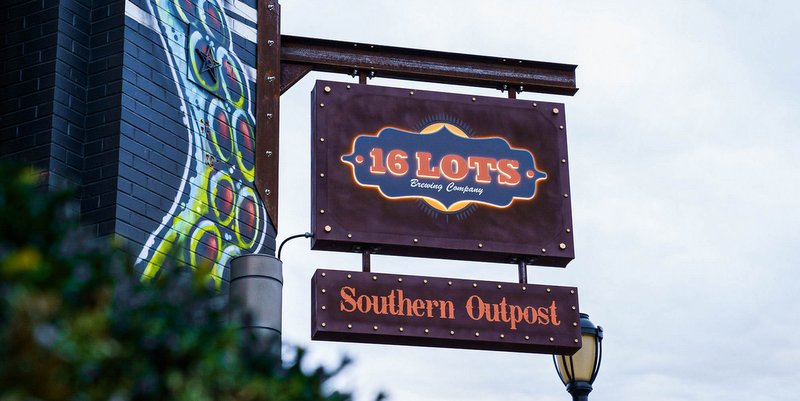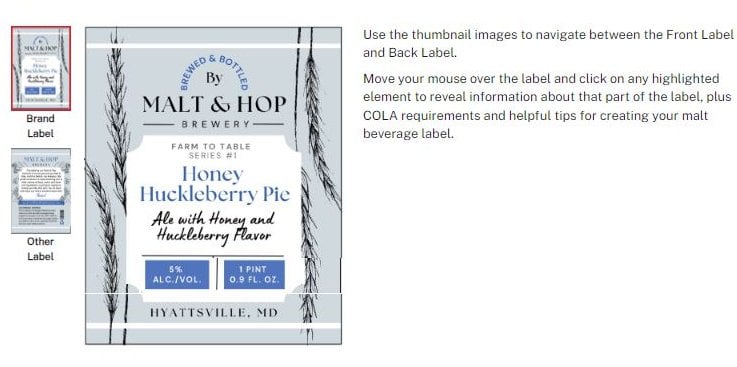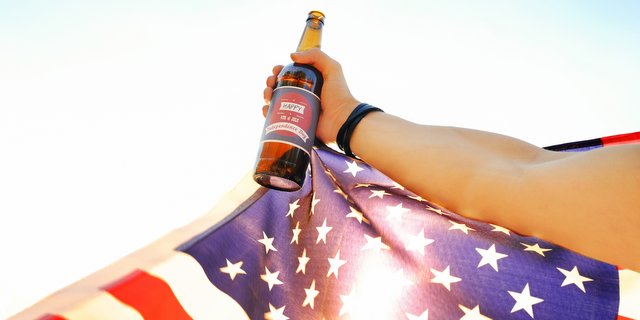If your brewery is thinking of expanding into different beverage alcohol verticals, I’d recommend checking out these handy webinars from The Alcohol and Tobacco Tax and Trade Bureau (TTB). The TTB recently uploaded all six recordings of its Boot Camp for Distillers Webinar Series to YouTube to help novices in the space navigate the TTB’s labyrinth of regulations and requirements.
In Part 3, for example, TTB explains formula requirements and application submissions, including how to know when a formula approval is required, and tips for getting your application quickly approved, with insight such as …
What is a formula?
The formula generally consist of four parts: alcohol content by volume, a total yield or batch size, a quantitative list of ingredients and a description of how the product is put together.
“I’ve found that people who are new to formulas get hung up on the concept of total yield,” notes Christian Fay, TTB formula specialist during the webinar. “Total yield doesn’t really represent the final produced amount of product. It’s a hypothetical, convenient working number that you would use, let’s say 1,000 gallons. And you use that value then to hook the rest of the ingredients to. You may produce more or less, and those ingredients are going to follow in and natural ratio.
Does every alcoholic beverage require a formula submission? No.
When is a formula required?
This is better stated as what events would trigger a formula requirement? Certain types of distilled spirits are always going to require formula approval, such a liqueur. Certain ingredients, too:
- artificial sweeteners
- carbonation,
- compounded / artificial flavors
- Ingredients derived from hemp
Those additions are going to alter a product’s classification from one category to another, versus just producing a regular old vodka, for example.
“But if you choose to add a flavor or color or doing something outside of the standard, you’ve pushed it from one category to another and therefore, you’d be asked to give us give us a formula.”
For the full list of what requires a formula and what doesn’t consult TTB G 2016-3.
What is a statement of composition?
This is a generic statement and, as Fay explains, “If you compared your product label language, the statement of composition and the formula itself, they should be in general agreement with each other. You should see how you got there.”
Example: A vodka with three natural flavors: orange, banana, lime. “I would approve it as vodka with natural flavors. You could literally use that statement on your product label, or say ‘vodka with orange, banana and lime flavor’. So just be aware that the statement of composition does have a lot of flexibility there in order for you to express your product.
Can you amend formulas?
Yes, through a process called superseding. This means you can take an existing formula and supersede it.
“But there’s a catch,” Fay says. “There can be no labeling or statement of composition impact. To illustrate, let’s say that you had a vodka, and you added a natural lemon flavor to it and yellow number five. Later on in your production, you wish to eliminate the colorant and change it to an artificial flavor. Well, then you cannot supersede any longer because your statement of composition of your formula has fundamentally changed. And of course it would carry over and impact the label.”
Pro tip: always submit that before actually producing the product.
There is much more to learn in the full video and the full 6-part series. Check ’em all right here.





Leave a Reply
You must be logged in to post a comment.